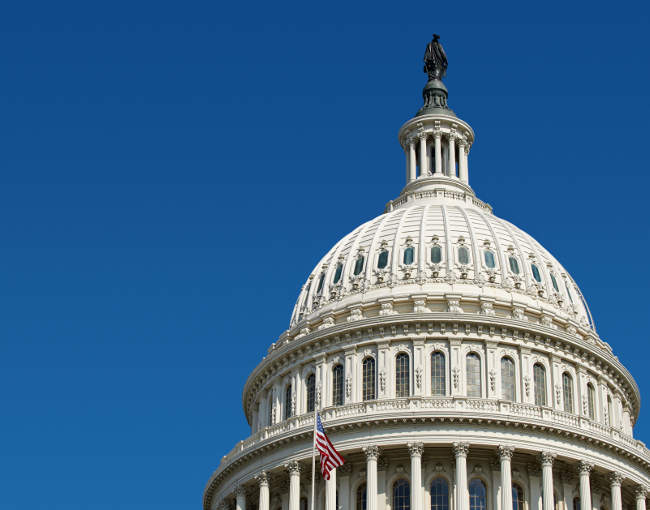Legislative Day: A period of time that begins when a chamber of Congress gavels into session and ends when the chamber formally adjourns.
Wake Me Up When September Ends
Last month's Wonkology on pro forma sessions provided insight into some of the technicalities of the congressional calendar. One of the core concepts in the congressional calendar is a legislative day, which is not simply a day when Congress is in session.
A legislative day begins when a session of Congress starts and ends when the session is formally adjourned. If a session continues into a second calendar day without adjourning, that still counts as one legislative day. Conversely, if a chamber adjourns and then reconvenes on the same calendar day, that counts as two legislative days. A recess, even one that is overnight, does not technically terminate a legislative day, and business resumes where it left off.
Even when a chamber goes on its long August recess, they may return in September on the same legislative day. A legislative day can thus last for days, weeks, or even months.
The Longest Time
In the early decades of Congress, the chambers would often meet for six days a week, frequently including weekends, since travel to and from Washington was lengthy and inaccessible. Now, Congress typically meets three to four days per week, allowing members to spend the remaining time in their states or districts.
Despite the vast number of changes in how Congress does its business from then to now, the number of legislative days has remained relatively constant throughout the years. In the House, the very first Congress (1789-1791) held 404 legislative days, and the most recent Congress (2017-2019) held 366, which is similar to other recent Congresses. Despite the COVID-19 pandemic, the current 116th Congress is on track to look similar in terms of number of legislative days.
One Day More
Both the House and Senate use procedural tactics to bypass the rules surrounding legislative days. The Senate starts each legislative day with morning business, which consists of routine business but can also be used as a stalling maneuver by senators. In the 1980s and 1990s, the Senate would prolong the same legislative day through recesses rather than adjourn, thus bypassing morning business altogether.
The House and Senate also each have rules saying that a bill cannot be considered on the floor on the same day it is reported to the full chamber. To get around this requirement, the chambers can adjourn briefly and reconvene a few minutes later, thereby starting a new legislative day and allowing for consideration of that legislation.
Next month, we will discuss how legislative days impact federal regulations, most importantly how legislative days are a trigger for applicability for the Congressional Review Act.





